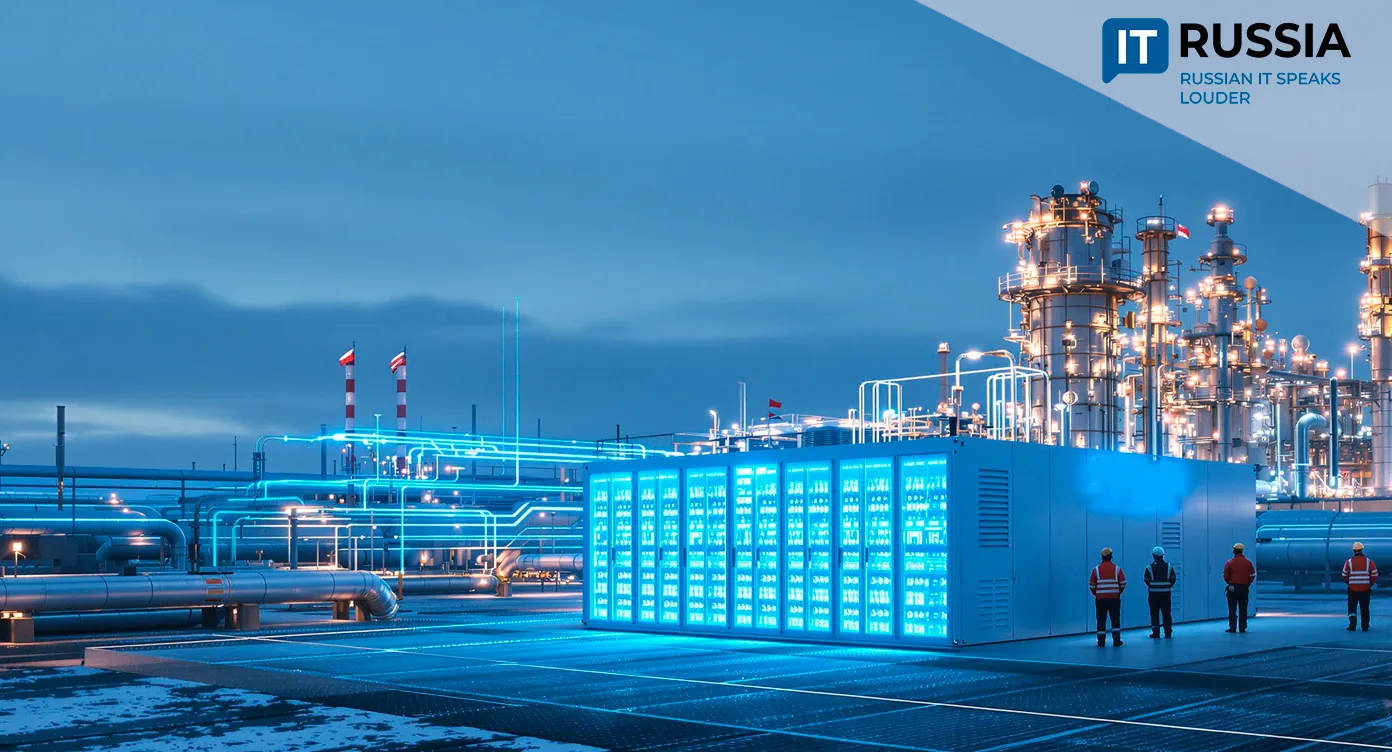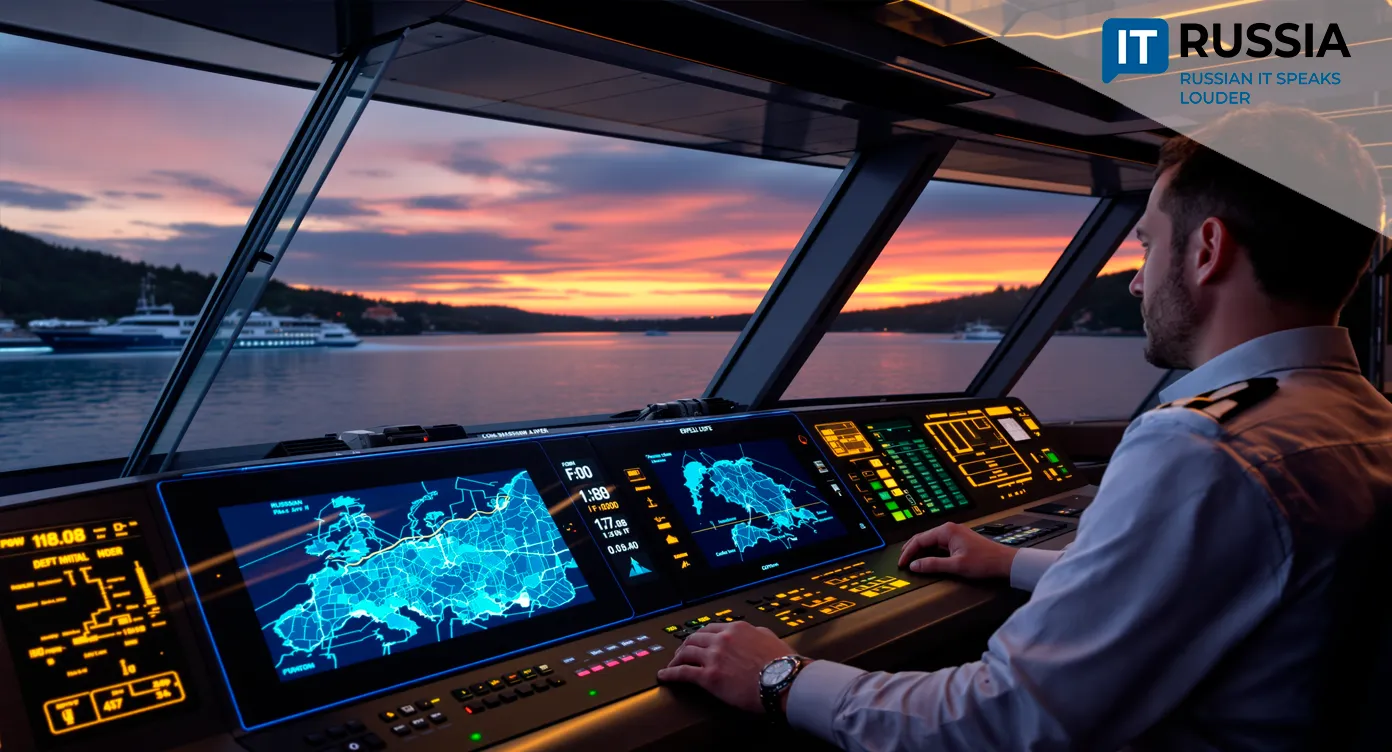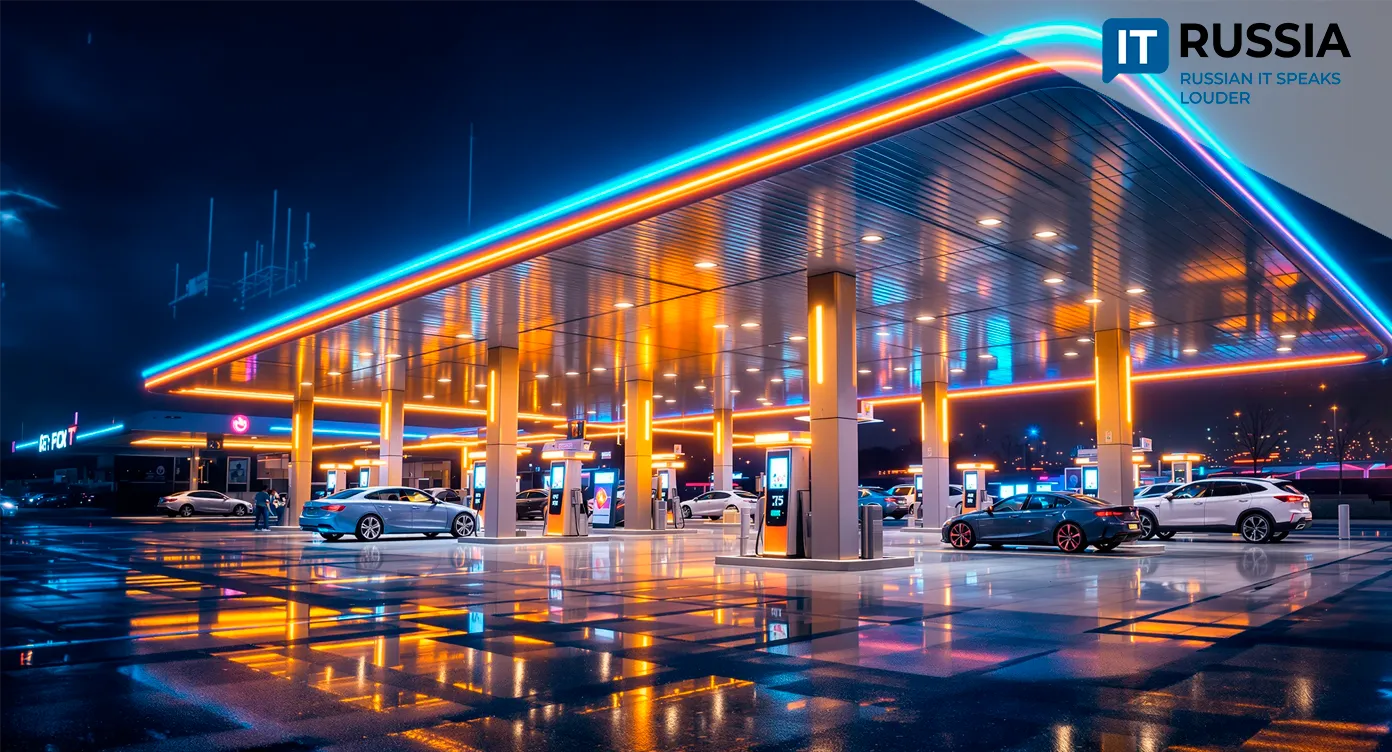Northern Sea Route Becomes the Digital Corridor of the Arctic
Russia’s Northern Sea Route is entering a new era of smart logistics, as a unified digital services platform integrates ice monitoring, port management, autonomous reconnaissance systems, and real-time navigation data into a single ecosystem.
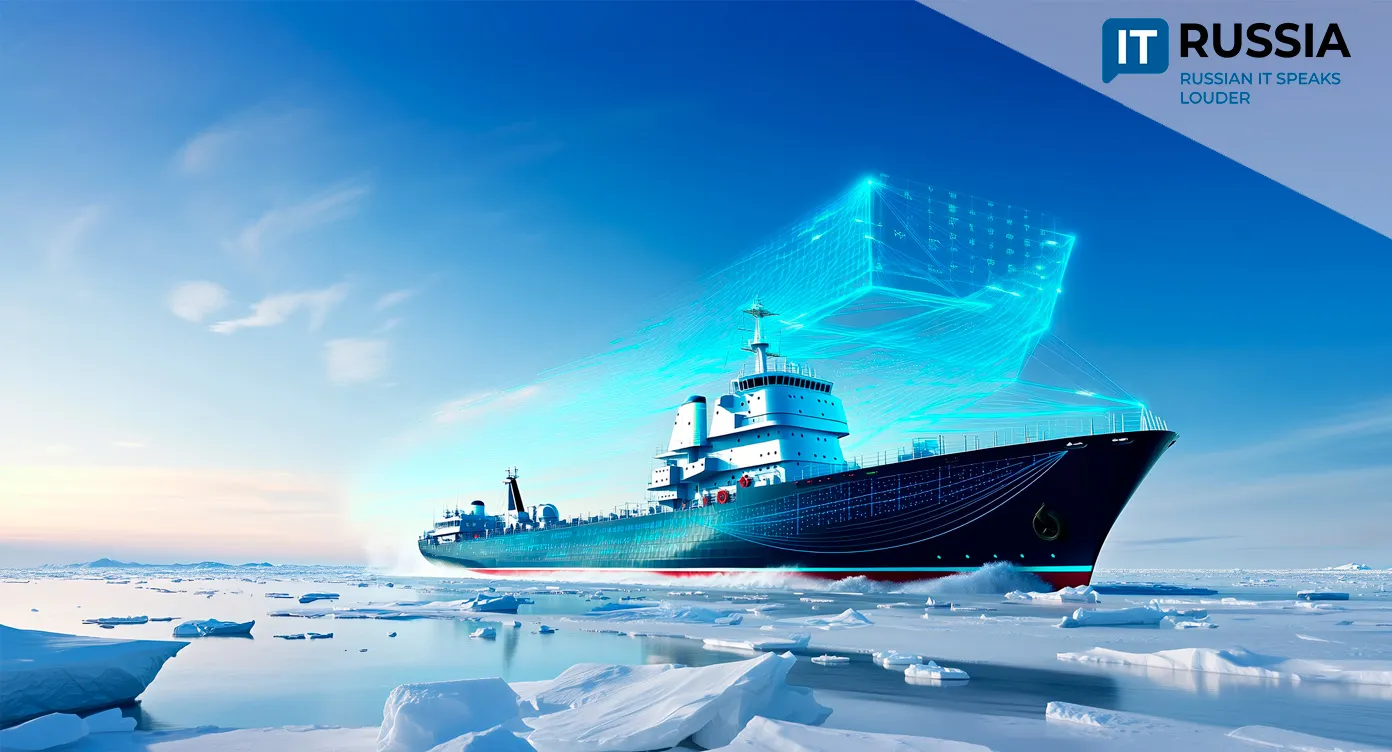
Digital Revolution in the Frozen North
The Federal State Institution 'GlavSevmorput' is testing the Unified Digital Services Platform for the Northern Sea Route (NSR). Through a single interface, the system provides the full cycle of maritime services — from navigation permits and icebreaker escort applications to automated voyage planning and fleet allocation across the Arctic waters.
A key feature of the platform is adaptive routing technology, which automatically generates optimal sailing routes based on vessel specifications, real-time and forecasted hydrometeorological and ice conditions. The new system builds a ship’s route through the NSR in just five to seven minutes — a task that previously required hours of expert analysis. The platform will eventually include 34 digital services, with 27 already active. These cover navigation safety, maritime traffic control, hydrographic and meteorological support.
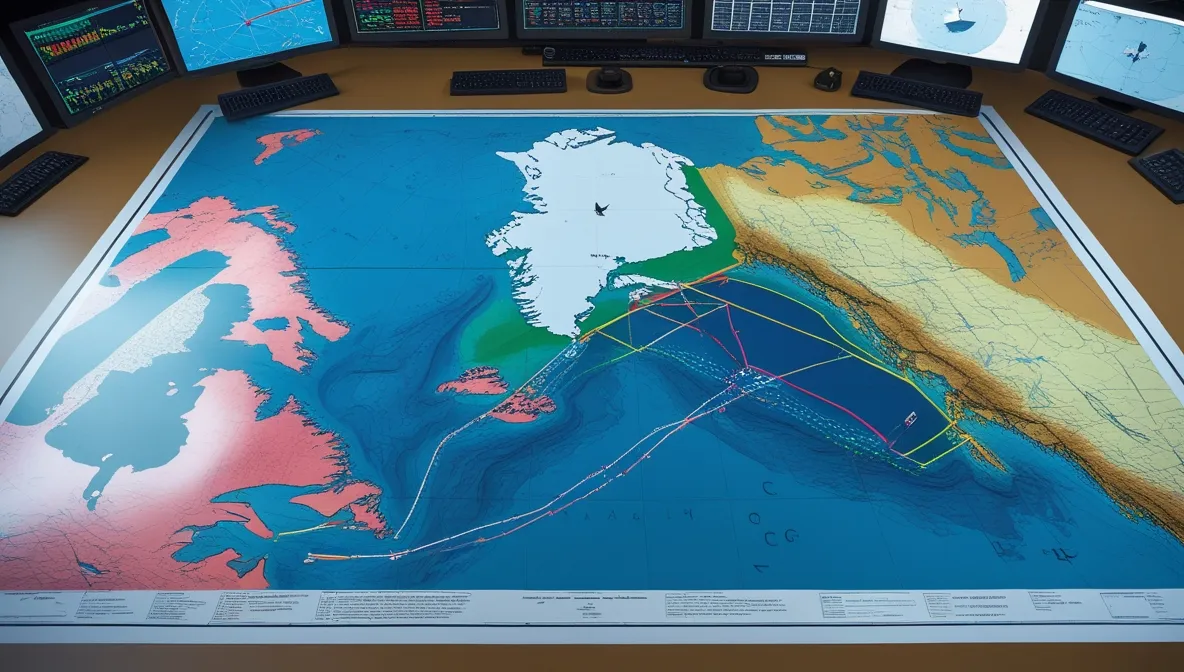
Its technological backbone includes onboard measurement systems (BMS) and unmanned aerial systems (UAS). Installed on nuclear icebreakers, BMS units combine several radars that map tens of thousands of data points around the vessel in real time, showing ice thickness, compression, and ridging levels. UAS drones, replacing traditional reconnaissance helicopters, are equipped with radar cameras that stream live ice data directly to the icebreaker’s bridge. This digitalization initiative is a cornerstone of Russia’s strategy to enable year-round Arctic navigation — a milestone that will enhance safety, efficiency, and sovereignty in the region.
Arctic Expansion Through Smart Technologies
The scalability of the Unified Digital Platform opens vast opportunities for developing a full-fledged digital ecosystem across Russia’s Arctic Zone. The "Digital Arctic" IT park in Arkhangelsk has become a hub for innovation, building regional IT capacity and fostering technology-driven growth.
One of its flagship projects, "E-Navigation", aims to improve maritime safety by creating digital twins of Arctic ports and using AI for accident forecasting. Students are already training on simulators for autonomous ship navigation, laying the groundwork for future unmanned operations in the Arctic.
Russia’s platform has significant export potential due to its unique adaptation to extreme polar conditions. If proven successful, its ice monitoring, traffic dispatching, and smart port technologies could be marketed to other Arctic nations or maritime operators working in harsh environments.
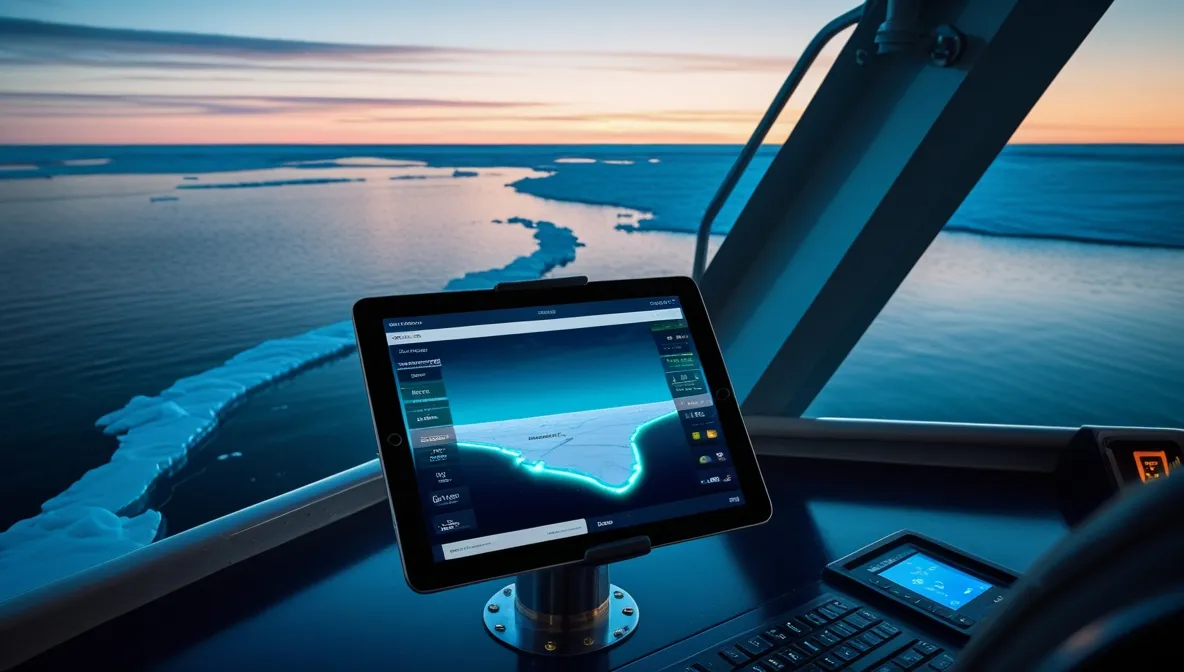
The Digital Transformation of Arctic Shipping
The development of the NSR digital platform has followed a phased approach. In January 2022, Rosatom began designing the platform to improve efficiency and safety along the route. FSUE Atomflot contracted JSC Greenatom to build the system, with Sitronics Group as a key technology partner.
The concept was first presented at the 2022 St. Petersburg International Economic Forum, highlighting its integration of onboard data systems and aerial reconnaissance tools. Later that year, the Digital Arctic IT Park opened in Arkhangelsk, becoming a base for regional digitalization projects. By late 2023, the first five services entered pilot operation.
In December 2024, Greenatom’s Digital Arctic director, Pavel Khristenko, announced that full-scale testing would begin in early 2025.
By October 2025, the system had entered extended pilot operation, testing all key functionalities. Murmansk Region has also become a leader in Arctic AI adoption, implementing automated coal transshipment systems at the Lavna terminal and expanding the Arctic Capital Advanced Development Zone. Artificial intelligence is expected to significantly boost shipping volumes along the NSR in the coming years.
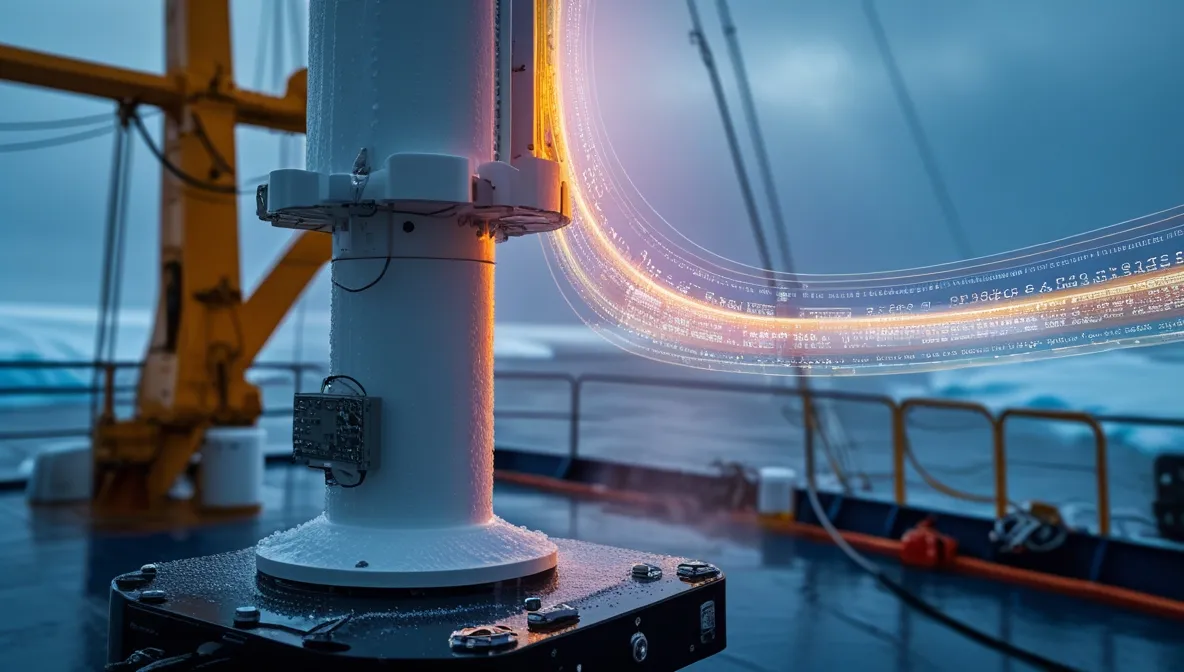
Navigating the Future: Forecasts for the Digital Arctic
The Unified Digital Services Platform of the Northern Sea Route marks a turning point in Russia’s Arctic transport infrastructure. By 2027, the system is expected to complete pilot testing and transition to full-scale commercial operation with all 34 services online. Ports, shipping companies, and logistics operators will use the platform to collect data for AI model training and optimize Arctic logistics.
By 2030, the platform is expected to evolve into the digital core of Arctic navigation, integrating Roscosmos satellite systems, UAS reconnaissance complexes, and smart port services. GlavSevmorput has already begun processing radar imagery independently and preparing to utilize Russian satellites for real-time ice monitoring. Digitalization of the NSR will increase cargo throughput, create new opportunities for commercial digital services, and position Russia as a technological leader in Arctic logistics.
Long-term, these technologies could be exported to international partners operating in polar regions, creating new markets for ice monitoring, autonomous navigation, and smart port solutions. For Russia, this means stronger Arctic leadership and a more efficient trade corridor linking Asia and Europe through the Northern Sea Route.




























